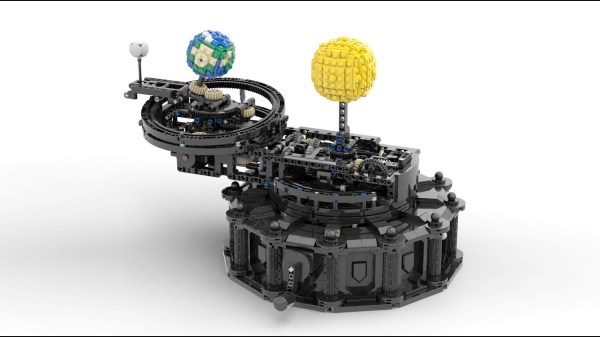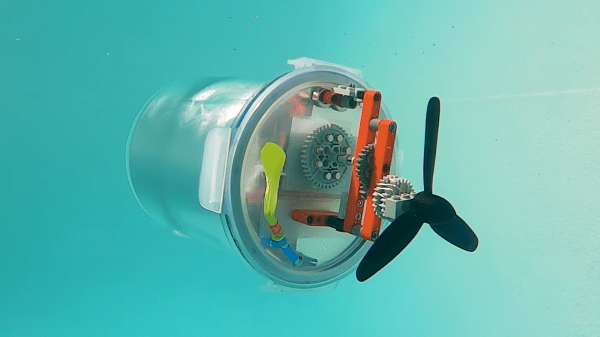What’s a dog to do if they want to do some accessible skateboarding? [Simone Giertz]’s three-legged pup, [Scraps], got the chance to try a LEGO Technic board for her thrills.
This electric LEGO skateboard features six motors and paw pedals to let [Scraps] steer while [Giertz] remotely controls the speed of the board. While it’s not a particularly fast ride, it does let [Scraps] live out her dreams of being a YouTube dog skateboard celebrity.
A video from [Giertz] wouldn’t be complete without a life lesson, and this time it was the importance of rest to the creative process. Sometimes when a solution eludes you, it’s just time to take a break. The steering mechanism, in particular, was giving her trouble but became simple the next morning. We’re also treated to an adorable shot of [Scraps] napping when the initial shoot of her riding the board wasn’t going as planned.
Want to try your hand at making your own skateboard? How about a deck from recycled plastic, tank treads instead of wheels, or is a rocket-powered skateboard more your speed?



















